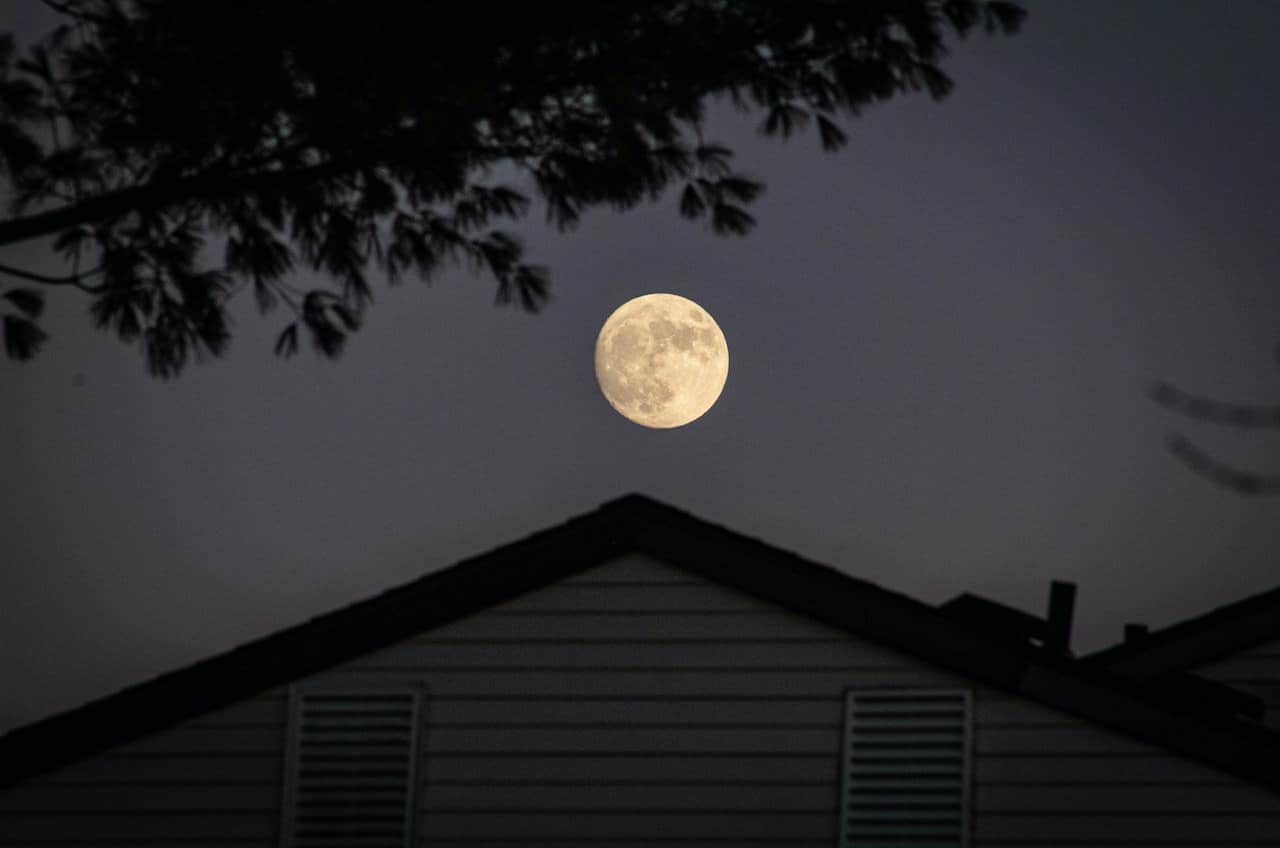If you’ve ever taken a photo and noticed that it was grainy or pixelated, chances are you’ve encountered noise. Noise is an undesired effect seen in digital photographs, and understanding what it is and how to reduce it is vital to creating professional-looking images.
Read on to learn more about noise in photography, including what it is and how to use it creatively.
What Is Noise in Photography?

Noise appears in a photograph as a speckling or pixelation of an image. It detracts from the quality of the photo and makes details challenging to distinguish.
There are two types of noise — luminance noise and chroma noise — and both can alter the overall look of your photos. Luminance noise shows up as random fluctuations in brightness across an image, whereas chroma noise looks like color speckles throughout the picture.
Different Types of Noise
Noise occurs for various reasons, such as high ISO settings or long exposure times. Knowing which type of noise you are dealing with will help you determine the best way to reduce it.
High ISO settings result in luminance noise, which can be reduced by decreasing the ISO or using a longer shutter speed, while prolonged exposure times often cause chroma noise that requires careful post-processing techniques to remove.
The Impact of Noise on Your Photos
Excessive amounts of noise can ruin an otherwise beautiful photograph, so understanding when and why it occurs is essential for any photographer looking to improve their craft.
To avoid issues with noisy photos, always shoot at low ISO settings whenever possible and try to limit your exposure time if shooting indoors or at night. If you do end up with noisy photos, don’t worry — there are plenty of post-processing techniques you can use to remove unwanted artifacts from your images without sacrificing too much detail or color accuracy.
Ways to Reduce Noise
The most effective way to reduce noise is by using specialized software designed specifically for this task.
Popular programs such as Adobe Photoshop and Lightroom offer powerful tools for reducing both luminance and chroma noise without affecting other aspects of your photos too much.
Additionally, several free programs are available online that specialize in removing unwanted artifacts from digital images without requiring additional work from the photographer beyond uploading the image file into the program’s interface.
Conclusion
Creative Use Of Noise In Photography
Noise doesn’t have to be something you fear — in fact, it can be used creatively.
Many photographers use it as an artistic tool by intentionally introducing artifacts into their photographs to create unique effects or add texture and depth to otherwise flat images.
So next time you take a photo with some unwanted graininess or pixelation due to high ISO settings or long exposures, consider using those imperfections as part of your creative process! With a bit of practice (and some patience!), you’ll soon discover how fun playing around with different noise levels can be.